10 Ways to Be More Productive at Work

Sorry, there were no results found for “”
Sorry, there were no results found for “”
Sorry, there were no results found for “”

Many of us are looking for ways to cut through the clutter and get more done in less time. Between deadlines, meetings, and endless notifications, it can feel impossible to stay on top of everything.
This post shares ten practical tips that will help you work smarter not harder. These are simple strategies that make a real difference in how much you can accomplish in a day.
Ready to change how you work? Let’s dive in!

Here’s the thing—simply downloading a Pomodoro Timer isn’t going to cut it.
Instead, explore productivity tools designed to increase your efficiency. This might come in the form of a calendar app, a Chrome Extension, whiteboard software, or a habit tracker to measure your productivity.
Or if you’re using ClickUp, it’s all of the above! ⬆️
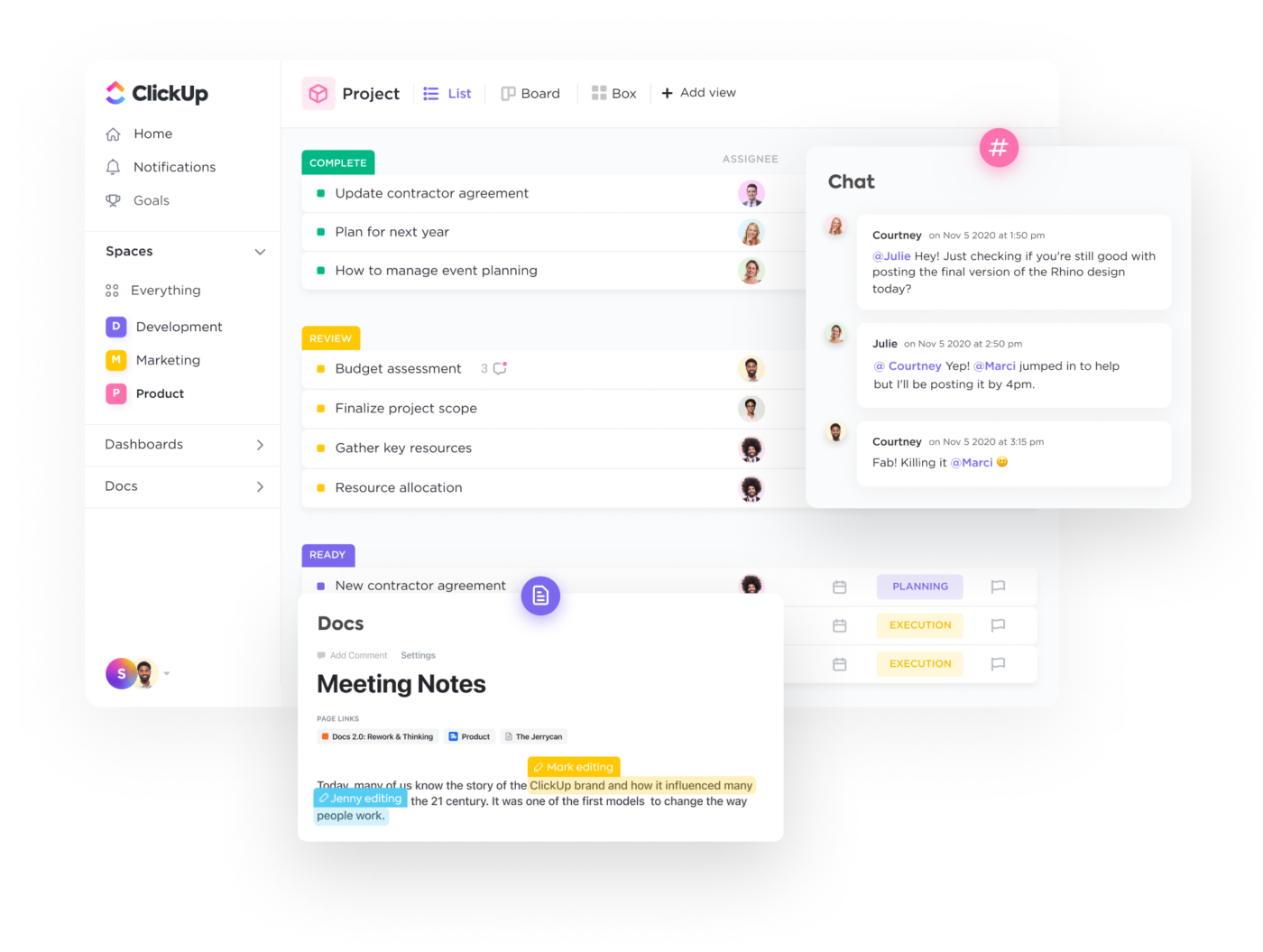
Once you’ve chosen your preferred software, it’s time to get to work, and we’re here to help with 10 of our favorite strategies to form productive habits.
No matter how long you stare at a blank page, your next great idea will never magically appear.
This struggle is often felt during the ideation phase of a new concept or in any brainstorming session. We’re all on our own painfully long quest to break down our creative walls—that’s where ideation techniques enter the equation.
Strategies like mind mapping, storyboarding, and brainwriting were created to help you reach your best ideas faster. Many of these practices are best performed with the help of brainstorming tools like digital whiteboard software with features to:
The best tools also come loaded with a treasure trove of pre-built templates and guide you through the ideation strategy of your choice.

ClickUp Whiteboards are the ideal example of this. With thousands of productivity templates to jump-start your creativity alongside the team, Whiteboards are designed to help you capture and share your ideas the moment inspiration strikes.
Especially in the early stages of your project, resources like the Mood Board Template by ClickUp provide the space, functionality, and structure to dive into any concept.
You also have the power to act on your ideas instantly using Whiteboards in ClickUp with the unique ability to convert any note, text, or shape on your board into an actionable task! So you’ll waste no time aligning your new ideas with your workflow for maximum productivity.
📌 Bonus: Check out 10 Free Mood Board Templates to Organize Your Ideas
Speaking of collaboration in the workplace—it’s time to lead with efficiency when it comes to all forms of team communication.
Sorry to break it to you, but email likely isn’t the best way to get hold of your work peers. 🫣
Consider the level of urgency behind your message, the context, and whether it’s even necessary before hitting send. Here’s a quick breakdown of when and why to use different communication channels:
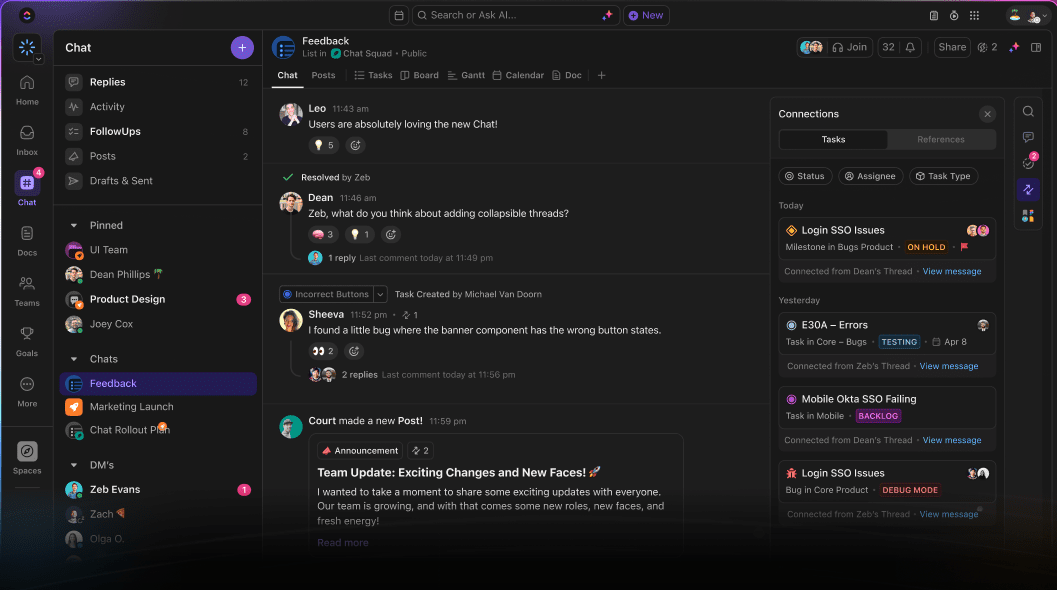
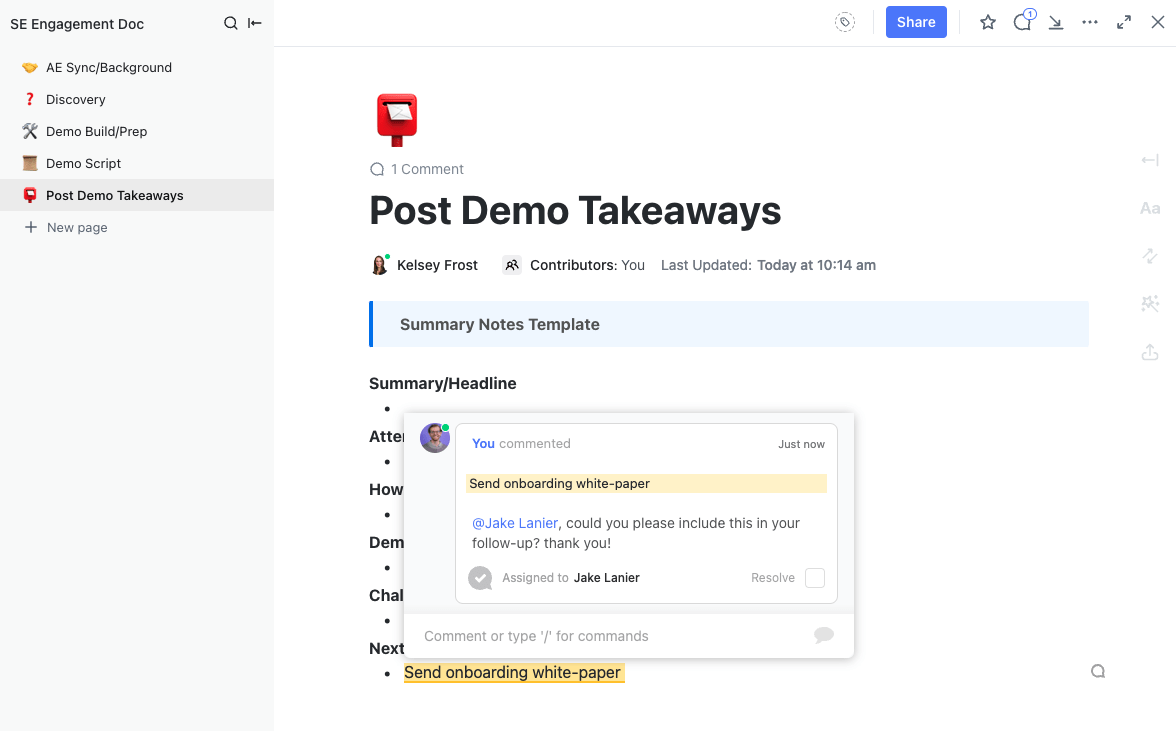
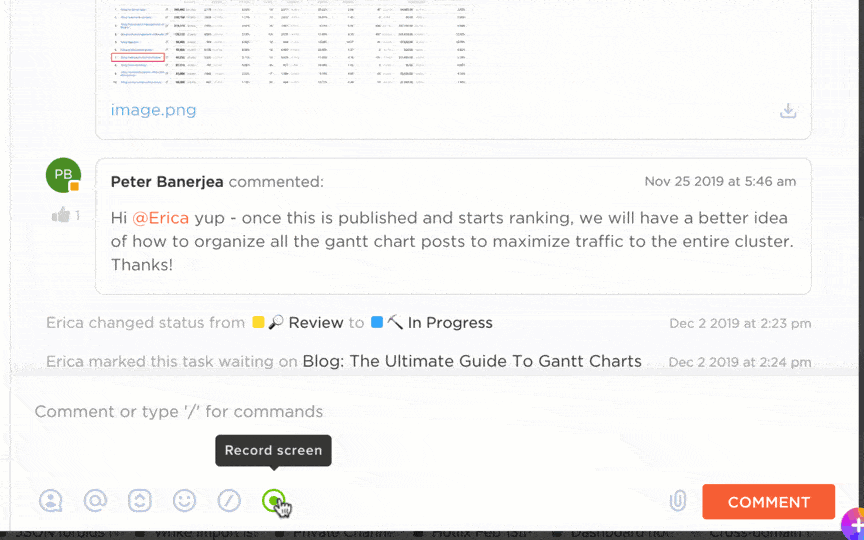
📮ClickUp Insight: Nearly 20% of our survey respondents send over 50 instant messages daily. This high volume could signal a team constantly buzzing with quick exchanges—great for speed but also ripe for communication overload. With ClickUp’s integrated collaboration tools, like ClickUp Chat and ClickUp Assigned Comments, your conversations are always linked to the right tasks, enhancing visibility and reducing the need for unnecessary follow-ups.
Task prioritization will likely be an ongoing challenge throughout your productivity journey. Avoid feeling overwhelmed by the bulk of your workload by identifying ways to break up your most time-consuming tasks into smaller action items—and start with the most important activities on your to-do list!
Your most pressing tasks might feel like the scariest ones to tackle, but narrowing them down to their first steps or subtasks will help you ease into the workflow at a comfortable pace.
Task priorities in ClickUp are here to support you in this effort with visual flags to differentiate your small tasks from the most urgent to-dos. Once you’ve taken stock of your task List, you can group and filter for top-priority tasks in ClickUp to get to the root of your work faster.
But task prioritization doesn’t stop there! As you scroll through your tasks, look for areas where you can trim the excess off your plate. Ask yourself:
Pro Tip: Use ClickUp’s helpful prioritization templates to mange your tasks and get more done, faster.
Workflow automations assign defined triggers and actions to routine items that exist to simply move your processes from one task to the next. These are generally the repetitive tasks that weigh down your week and require mindless actions to complete. AKA, busy work.
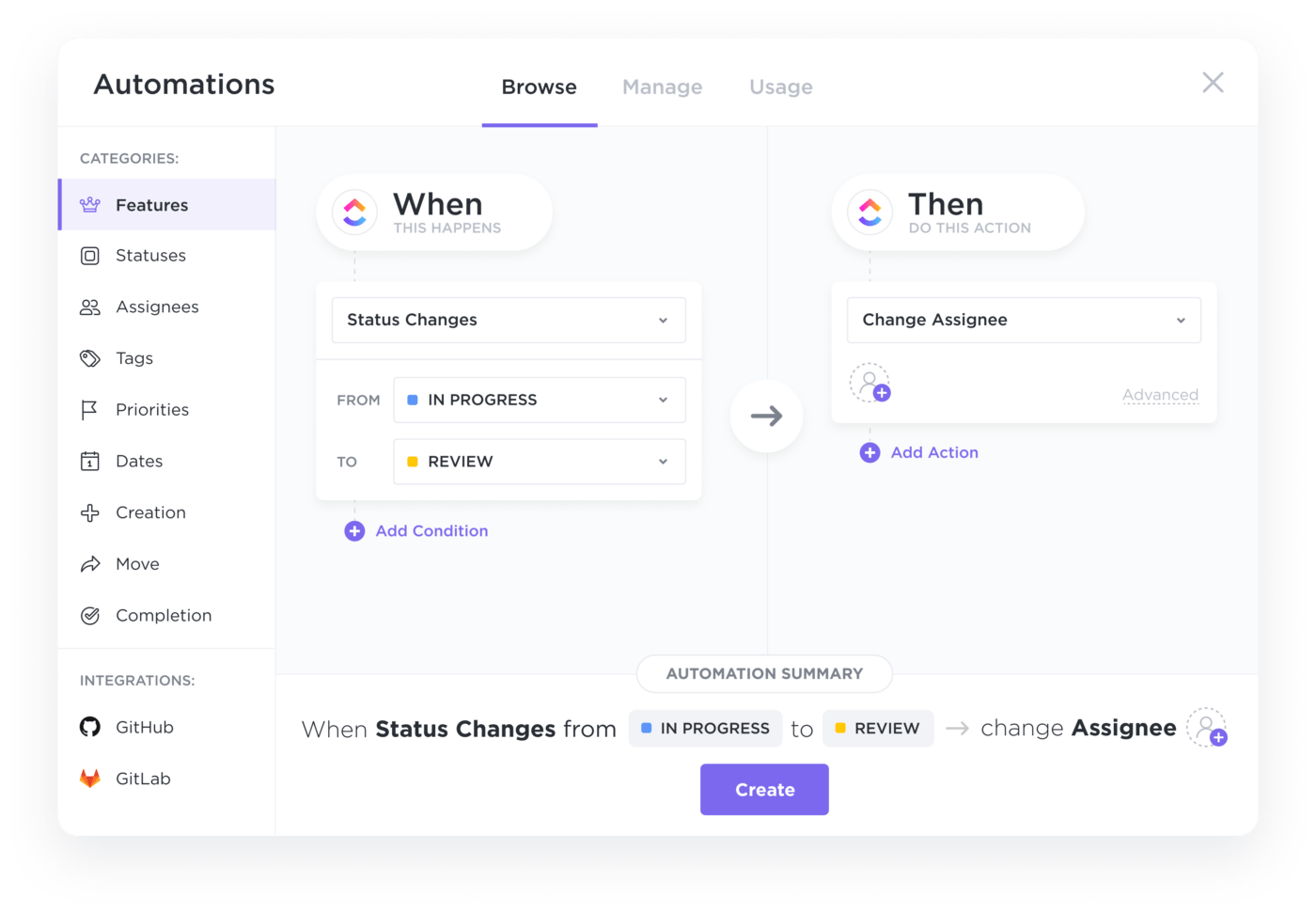
Automations help you put these tasks on autopilot, and ClickUp has its own Automations feature to help you customize these actions however you’d like! Automatically add or change things like status, assignee, or priority when a task is tagged, assigned, or updated to speed up workflows.
There’s no “one size fits all” time management technique. The type of work you do might not even support every technique! And on the other end of the spectrum, it’s possible that your time management sweet spot lies in a combination of multiple techniques stacked on top of each other.
Here are a few of the most common time management techniques to test out in your workweek:
This time management strategy helps you take your to-do list one task at a time by dividing your workday into designated time blocks for each item or category. This way, each activity will receive the undivided attention it deserves, rather than code-switching between tasks or getting distracted!
If you’re new to this method, Calendar view in ClickUp will be your time-blocking BFF.
Use the Home feature for an hour-by-hour breakdown of your daily Calendar or add a Calendar view to any List or Folder for the big picture view of your activities over the next week, month, and beyond.
The Pomodoro Technique takes an abbreviated approach to time blocking. The basics of this technique involve setting a 20-25-minute timer for uninterrupted work on a single task. Once the timer runs out, you’re rewarded with a five-minute mental break to avoid burnout!
This isn’t just an effective way to schedule your time—it’s a reminder to take frequent breaks!
ClickUp’s many time tracking features can help you take this productivity tip off the ground with built-in timers to oversee the time you’ve spent on specific tasks, time estimates to forecast your day, and a comprehensive Chrome Extension to account for the time you’ve spent in other browser windows. ⏱️
🧠 Did you know? The “Pomodoro Technique” was named after a tomato-shaped kitchen timer its creator used to track work intervals.
Also called the Pareto Principle, the 80/20 rule assumes that 80% of the results on any task will come from just 20% of the effort it required. By defining what that 20% looks like, you can maximize your productivity by delegating, minimizing, or even eliminating the other 80%. This leaves a clutter-free environment for activities with a bigger impact on your day.
Created by Dwight Eisenhower and made famous by Stephen Covey’s 7 Habits of Highly Effective People, the Eisenhower Matrix categorizes tasks by their level of importance and relevancy to determine how you should spend your day.
This 2×2 matrix diagram is made up of four quadrants:
No need to make your matrix from scratch, though! The Eisenhower Matrix Template by ClickUp automatically applies a formatted diagram to your digital whiteboard. This isolates your important tasks in no time.
Link tasks directly to each quadrant for easy access, add Doc or Web Cards to justify your choices, then easily share your diagram with the team. The next thing you know, everyone has visibility into a project’s urgent to-do list items.
📌 Bonus: And if you’re looking for an extra hand in setting up your new time management process—start with a time-tracking template!
They say comparison is the thief of joy, and your peak productivity follows the same principle! Instead of navigating your to-do list from someone else’s framework, create your own! Customizing your daily schedule and personal processes is one of the best-kept secrets productive people use to stay efficient.
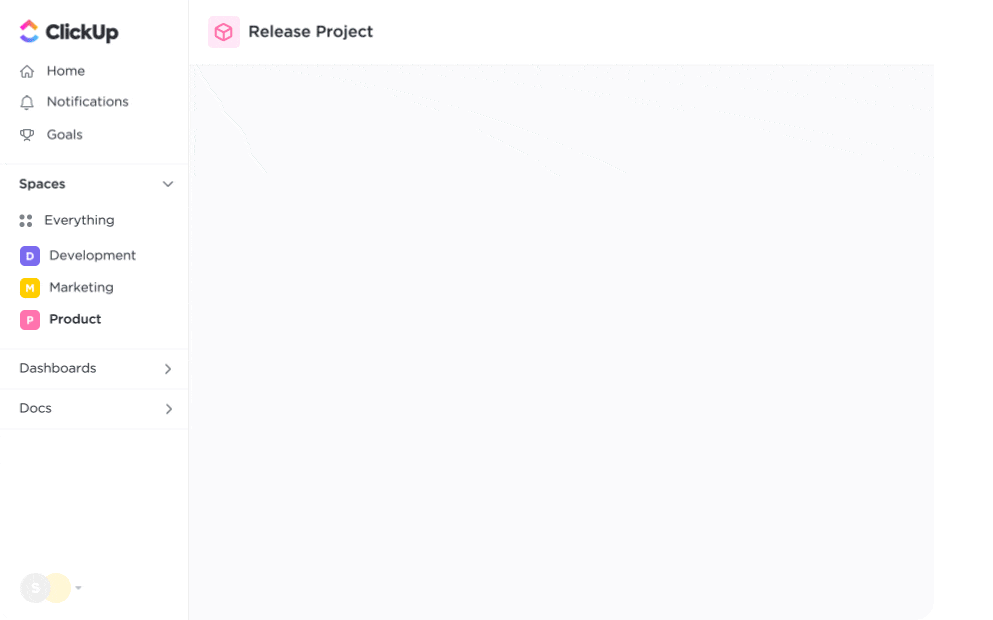
Look for features like multiple project views in your productivity platform to visualize your tasks and progress in high-level ways that make sense to you. Whether it be an interactive list, Kanban board, Gantt chart, or calendar, there are virtually endless methods for organizing your activities and taking ownership of your time.
AI isn’t here to replace you, it’s here to increase productivity and make your work life so much easier! Use ClickUp AI to summarize tasks, generate content, and automate repetitive writing or research tasks.
ClickUp Brain uses AI to help you work smarter by instantly summarizing tasks and conversations, so you can quickly catch up on project updates. It can generate content such as emails, documents, or meeting notes, reducing the time spent on manual writing. Additionally, ClickUp Brain provides smart suggestions for next steps and automates repetitive tasks, streamlining your workflow.

AI Notetaker automatically transcribes your meetings in real time, capturing everything discussed without manual note-taking. After the meeting, it generates a clear summary of key points and decisions, making it easy to review or share with your team. It also identifies action items and can create tasks directly from the meeting notes, ensuring follow-ups are never missed.
Failing to plan is planning to fail! No matter how small your project or task may seem.
Creating a productivity plan for your workday is the first step in prioritizing tasks and allocating your time at the basic level. By planning ahead, you can anticipate bottlenecks, delays, or challenges that may hinder your progress. It also gives you the opportunity to budget extra time for larger activities before it’s too late!
You don’t have to create detailed roadmaps for each day, but setting productivity goals will ensure you’re aligned with your team’s immediate objectives and the org’s long-term vision.
Having an action plan in place encourages you to take a mental step back from your workload. This lets you distribute your energy more efficiently and it will ultimately prevent you from feeling overwhelmed or stressed.
Resources like the Action Plan Template by ClickUp can even be copied and reused each week to take inventory of important tasks that are on deck, in progress, or complete.
The philosopher John Dewey once said:
We do not learn from experience, we learn from reflecting on experience.
Learning from your successes as well as your mistakes will keep you on an upward trajectory with your productivity at all times. Setbacks and challenges will happen no matter what—but highly productive people will view each delay as an opportunity to grow and avoid making the same mistakes twice.
On a personal level, you can set aside time at the end of each day or the start of the week to reflect on which productivity hacks worked and which didn’t. But like finding the perfect brainstorming strategy, there are several simple practices for meaningful self-reflection that you can use and revisit week after week.
Some self-reflection best practices include:
And of course, never underestimate the power of good old-fashioned journaling!
👍Try This: Use voice notes for reflection if writing feels too time-consuming—simply speak your thoughts for 3-5 minutes.
Last but not least—remember to disconnect from the screen and take regular breaks! Being intentional with your break time will have a massively positive impact on your productivity at work.
To approach your work with a fresh perspective, stimulate different parts of your mind, or just see how you feel after you move your body for a few minutes. Seriously, have you stood up from your office chair today?

If you’re someone who frequently forgets to step away from your desk, schedule breaks by setting a daily Reminder in ClickUp to mentally reset!
🔎 Key Insight: Studies show that taking regular 5-minute breaks can increase productivity by up to 30% compared to working straight through.
There is no limit to the importance of productivity in your life.
And we’re not talking about the toxic productivity that scares you into working 12-hour days and determines your value by the number of sales calls you make.
Spoiler alert: that’s not real productivity!
Real productivity emphasizes the value of work-life balance, setting SMART goals, and creating healthy boundaries with your job. So when you’re on the clock, you’re dedicating uninterrupted time to your professional tasks. And when the work day is over, you can close your laptop (without any pressure to log on after dinner) and truly decompress.
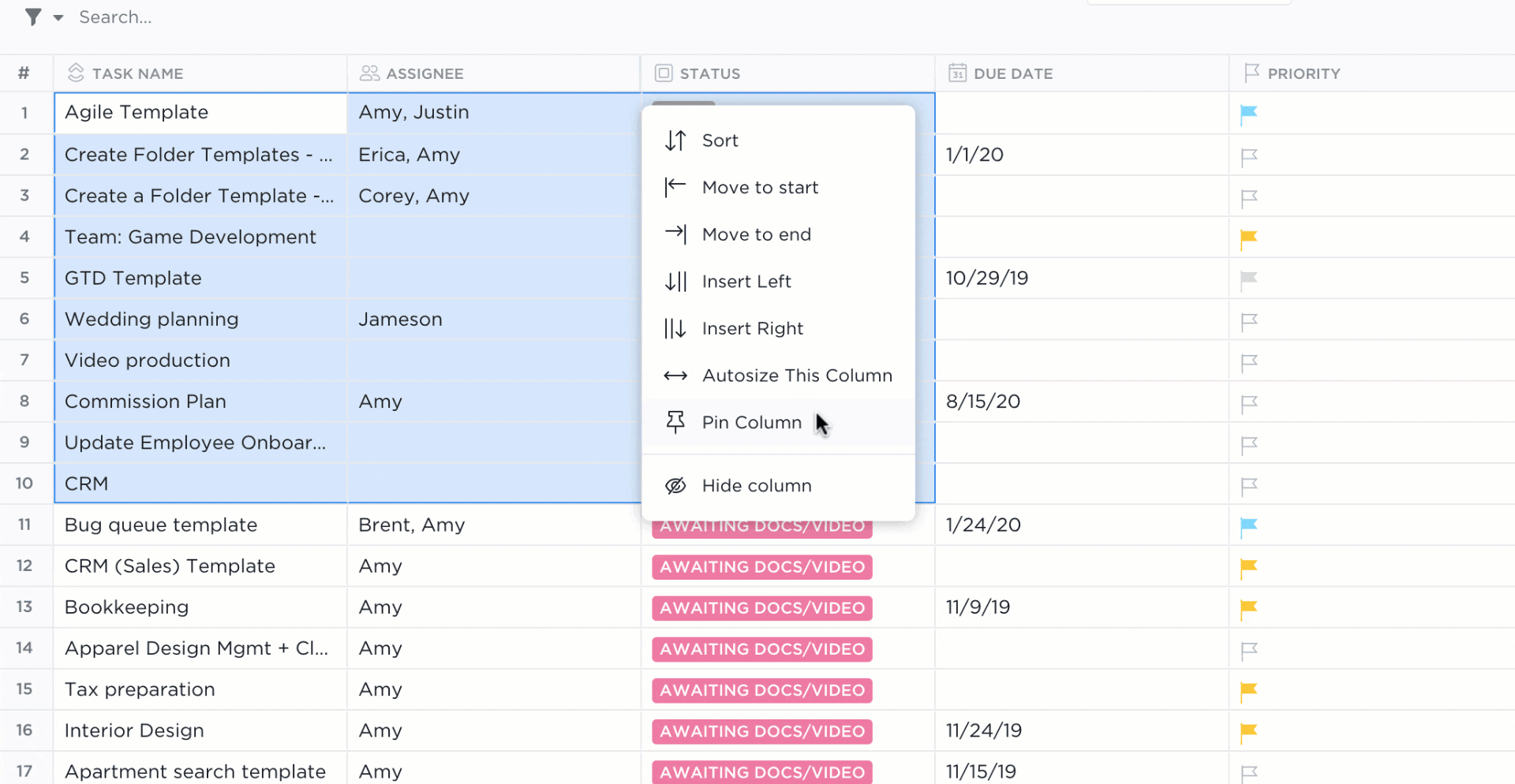
Healthy productivity also helps you move through tasks effectively. It provides you with the knowledge you need to leverage professional resources, minimize wasted effort, and make fast decisions about your workflow.
The goal is for your new productivity tips to become second nature—and over time, concepts like task prioritization, time management, and stress management will no longer hold you back during the week.
The collective impact of this would be significant, to say the least! In fact, the American Institute of Stress found that 41% of workers feel less productive when they’re stressed, contributing to billions of dollars in lost revenue across the U.S. economy. 😳
On the bright side, meaningful productivity habits are proven to improve mental health and help you gain control of your workload. It’s also linked to personal growth, higher job satisfaction, and increased innovation!
Seriously, any productivity hack is better than no productivity hack—so you have nothing to lose with a little trial and error to find the strategies that align with your work style.
💡Pro Tip: Use the 2-minute rule—if a task takes less than 2 minutes, do it immediately rather than scheduling it for later.
If you’re looking to make positive and long-term changes to your work habits by improving productivity, then eliminating your distractions simply isn’t enough to stay focused.
What’s more, not all productivity strategies will have the same impact on productive people across teams or between peers! It takes time, trial and error, and careful reflection to identify the tips that are right for you. Not to mention, there’s only so far you can take your productivity without the help of designated software to track your progress!
ClickUp is the only productivity platform powerful enough to bring all of your work together across apps into one, collaborative Workspace. Its rich set of built-in tools helps you take control over your productivity with features to develop your best ideas, track your to-do list, customize processes, automate routine work, and so much more.
And ClickUp can do it all at no cost! Access tons of productivity features, a vast Template Library, and over 1,000 integrations when you sign up for ClickUp today.
© 2026 ClickUp